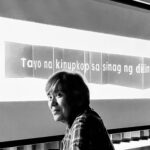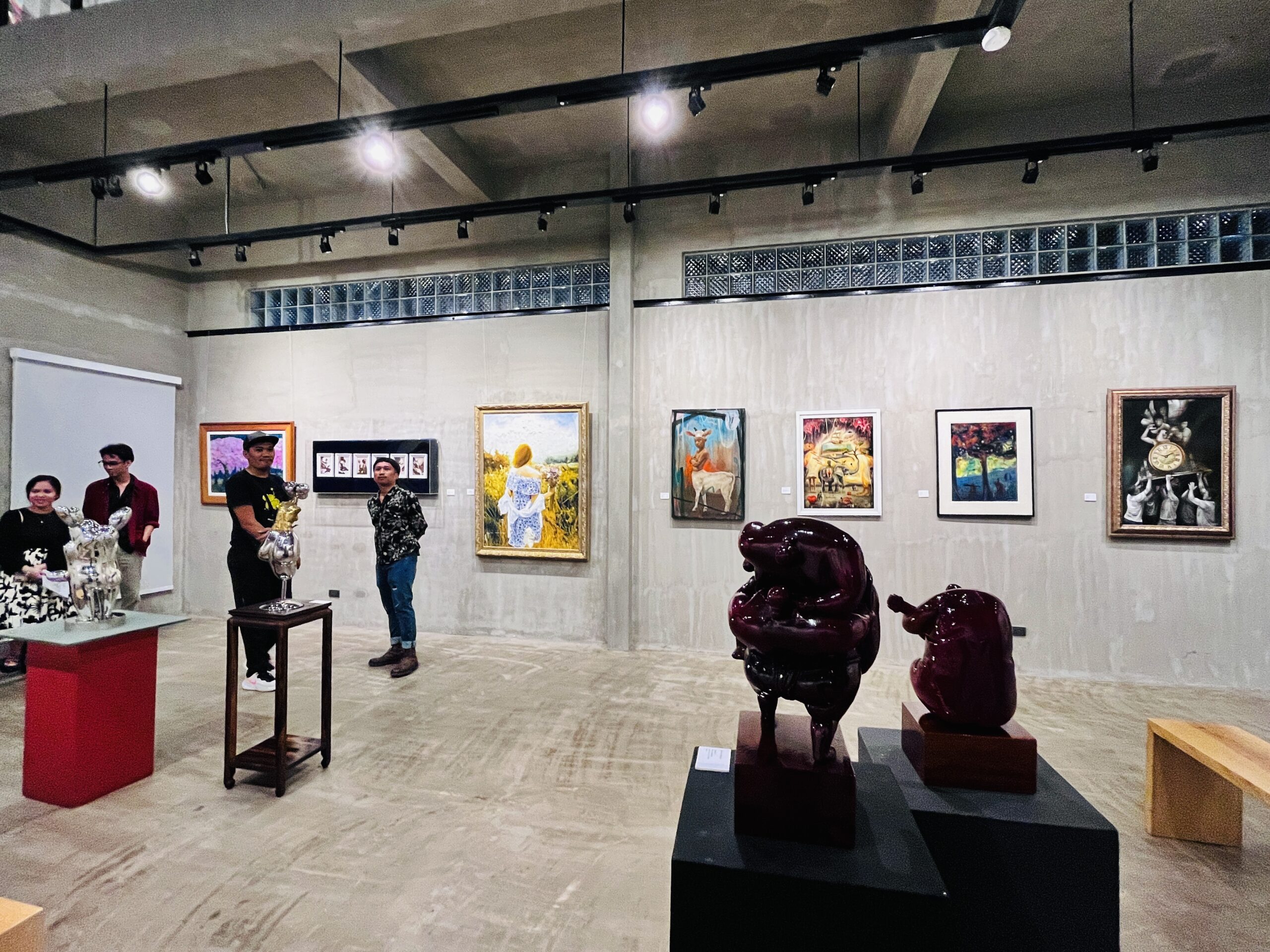
Lifetimes in Stillness at the Adoro: The Durational Encounter of Art
Three interwoven elements come into consciousness viewing Lifetimes at the Adoro Gallery-Museum: art as a vessel of personal and collective memory, the emotional resonance and nonlinearity of time, and the gallery as a space where time itself lives and breathes.
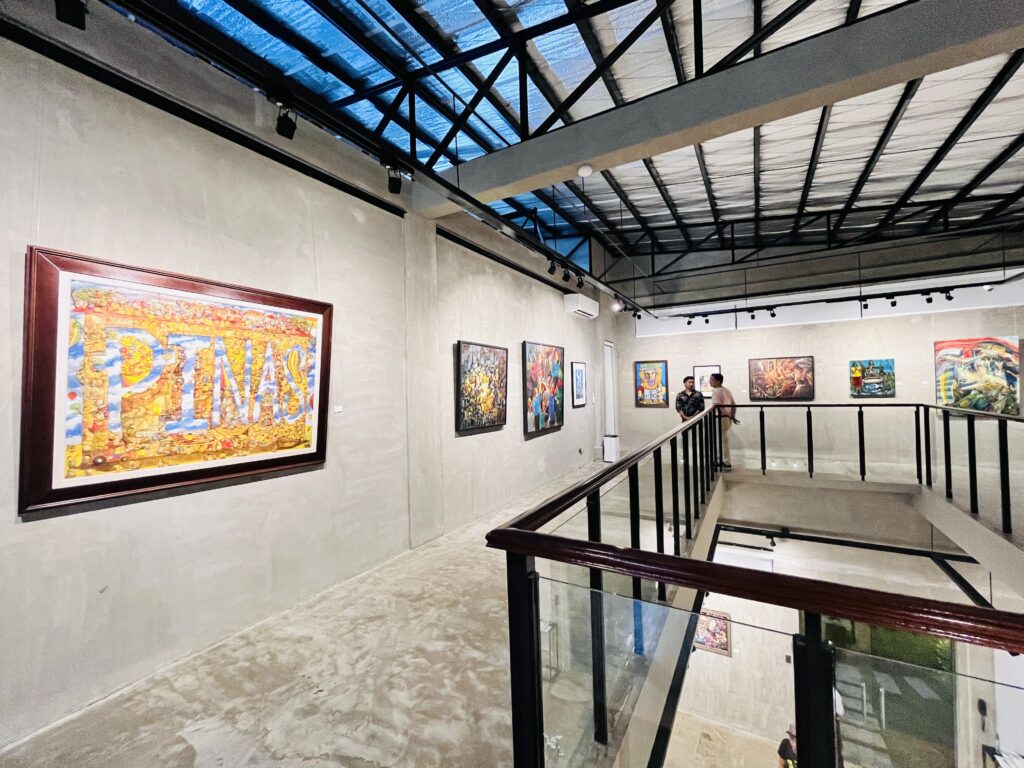
The collection of works in Lifetimes showcase life in all its forms—still and in motion, quiet and expressive and with each piece expressing a moment and a memory.
Moving through the paintings and selected sculptures evokes Roberto Chabet’s view of his works as “creatures of memory,” with the artist positioning himself not only as their maker but also as their “custodian.” This perspective mirrors the role of Edwin V. Valencia, an art collector who safeguards the artist’s legacy—preserving their work and celebrating their presence across space and time through personally curated exhibitions at the Adoro Gallery-Museum.

Ilonggo artist Cezar Arro was viewing one of his early works, Reverse Psycho, during the exhibition’s opening and said, “I had almost forgotten about this piece—but here it is, resurfacing from memory and bringing me back to those formative years, a time when I was just beginning my journey as an artist.”
Arro’s experience resonates with the words of French-American artist Louise Bourgeois, who described her works as a “body of memory”—showing how art transforms emotions and memories into something physical, something we can see and feel, expressing a feeling or an experience to the viewer.
These insights from artists across different places and periods emphasize how artworks become vessels, not only preserving the artist’s personal moments with their work, including the struggles and triumphs of that time, but also inviting viewers to gently recall their own memories.
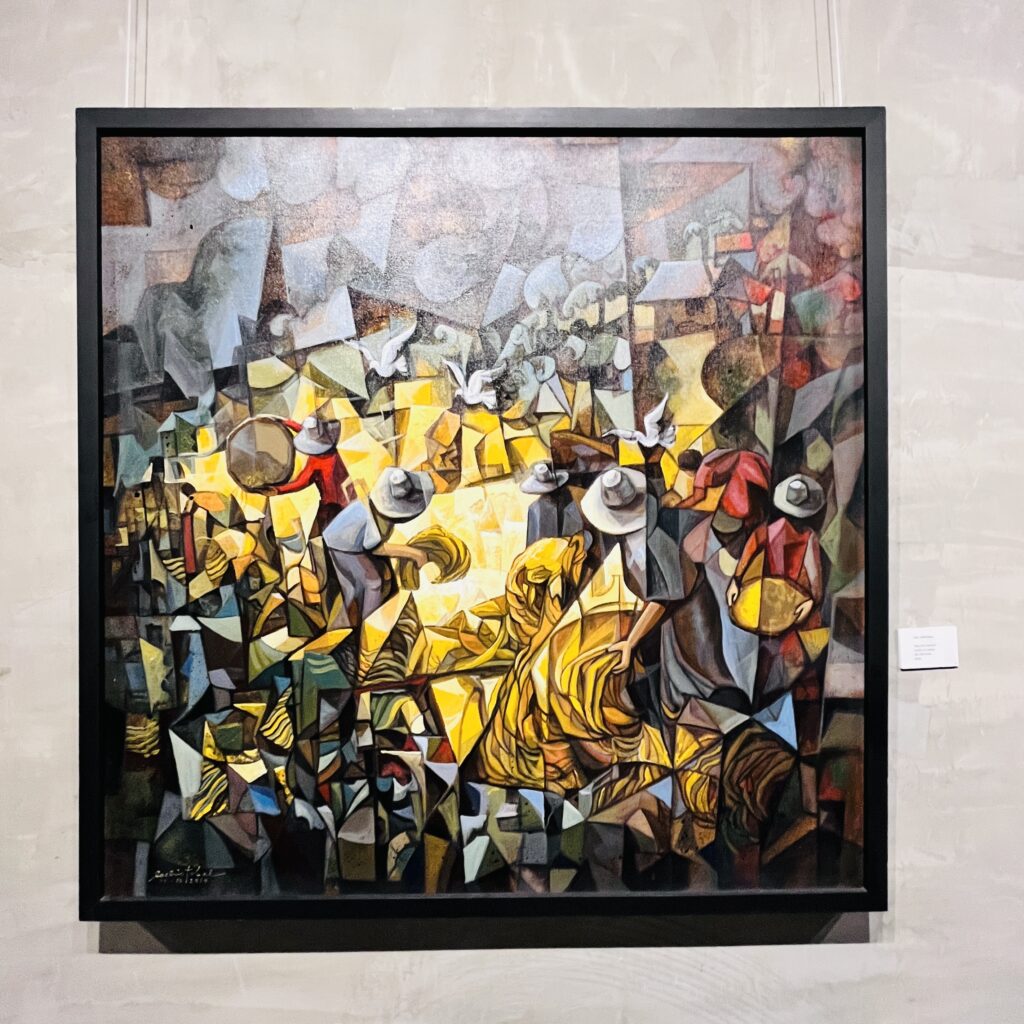
Some of the works that perhaps best capture time as a marker of memory include the paintings Henerasyon by Jojo Ramirez, Golden Hour by Antipas Delotavo, This Prayer’s for You by Michael John “Mikiboy” Pama, and Birthday Boy by Francisco Segismundo, among other pieces.
Read about the Adoro Gallery Museum and see photos in this album
The exhibition likewise conjures emotional resonance and gives form to the nonlinear nature of time—fluid, layered, and often looping back on itself.
Rather than presenting time as something fixed or chronological, the collection conveys how time is felt—more like an emotion than a ticking clock. The works invite viewers to turn inward, to reflect on vivid memories of joy, longing, and the sense of home.
These emotional undercurrents are especially present in pieces that depict domestic activities and occasions, such as Fiesta by Jake Catah, Fishing Life by Celso Duazo Pepito, Bountiful Harvest by Joel Cristobal, and Nunelucio Alvarado’s Hulik and Tinda Series 4—each carrying the weight of lived time through scenes that reverberate with both personal and collective memory.
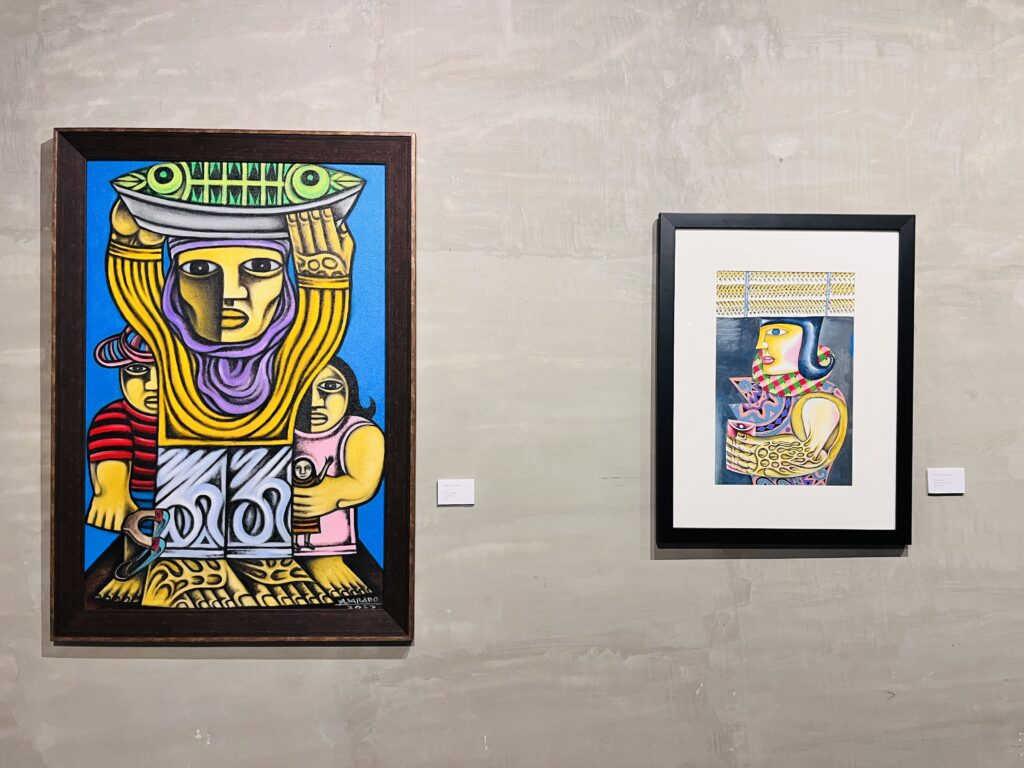
Lifetimes also articulates the notion of the gallery not merely as a setting for viewing art, but as a temporal architecture—an active space where time is held, shaped, or reanimated through the viewer’s encounter.
The curatorial design transforms spatial layout into a narrative device, guiding visitors not only through physical space but also through layered durations of memory, history, and presence.

By placing works from different periods and contexts, Lifetimes invites reflection on the fluidity of lifetimes—porous and interwoven—those of the artist, the artwork, and the audience. As viewers walk, look, and remember, they participate in the unfolding of time itself, making the moment at the Adoro an extension of the artwork’s existence and a continuation of its life through attention, perception, and resonance.
In this way, the gallery becomes a space where time lives and breathes, and where the boundaries between past, present, and future dissolve into a shared, evolving experience. It is in this framing that Lifetimes becomes more than a set of artworks for contemplation; it emerges as a living archive where past and present converge, and time is experienced rather than measured—inviting the viewer to encounter the durational nature of art.

